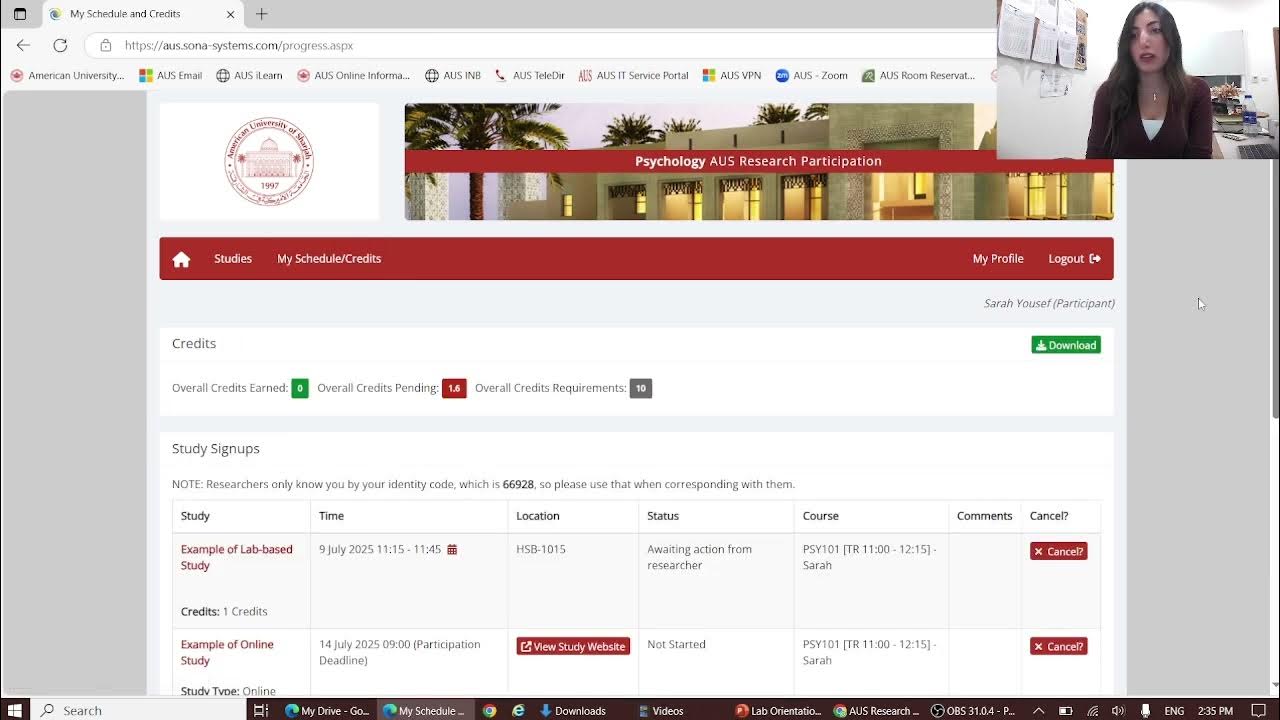CHEM 1P91 Experiment 1 Density Determination
Summary
TLDRIn this pre-lab talk for M1 p91 labs, the instructor introduces a video-based approach to pre-lab preparation, emphasizing its utility for both lab preparation and reference. The focus is on determining the density of aqueous ethanol solutions, with students tasked to ascertain the ethanol percentage in their assigned unknown sample. Key points include the importance of the lab manual, the use of calibration data for plotting a quadratic line of best fit, and the experimental procedure involving measuring volume and mass to calculate density. The talk also covers the handling of equipment, the significance of accuracy and precision, and the differentiation between random and systematic errors. Lastly, the instructor reminds students of the need for TA verification on data sheets and the importance of uploading signed documents.
Takeaways
- 📚 The pre-lab talk is recorded as a video and posted on Brightspace to supplement the lab manual, not replace it.
- 🔍 Students are responsible for determining the percentage of ethanol in their assigned unknown sample, labeled A to E.
- 📊 A calibration graph using the provided data table is required, with a quadratic line of best fit rather than a linear one.
- 💧 The density of the unknown sample is measured using a burette for volume and an analytical balance for mass.
- 🔑 The key to finding the percentage of ethanol is using the average density in conjunction with the equation from the quadratic fit.
- 📈 Desmos is recommended as a free plotting tool for creating the calibration graph, with YouTube tutorials available for guidance.
- 🏷️ Graphs must be clearly labeled with axes, a title, and the unknown sample labeled after plotting.
- ⚖️ The experiment involves measuring mass and volume to calculate density, emphasizing the importance of accuracy and precision.
- 🌡️ Caution is advised when handling the flask to avoid heating it, which can cause evaporation and affect the mass reading on the balance.
- 📋 TA's signature and date are required on data sheets, and original signed sheets must be uploaded by the student.
Q & A
What is the main purpose of the pre-lab talk video?
-The main purpose of the pre-lab talk video is to supplement the lab manual by highlighting key points and providing guidance for the lab, which helps students prepare and also serves as a reference for completing the lab report.
What is the first experiment mentioned in the script?
-The first experiment mentioned is the determination of density for aqueous ethanol solutions.
How many unknown samples are there in the first experiment?
-There are five unknown samples labeled A to E in the first experiment.
What is the range of ethanol percentage in the unknown samples?
-The unknown samples could have anywhere from 0 to 90% ethanol.
What method is used to determine the percentage of ethanol in the unknown samples?
-The density method is used to determine the percentage of ethanol in the unknown samples.
What type of graph should be used to plot the calibration data for density versus ethanol percentage?
-A quadratic line of best fit should be used to plot the calibration data since the relationship is not linear.
What tool is recommended for plotting the calibration data?
-Desmos is recommended as a free online tool for plotting the calibration data and obtaining a quadratic line of best fit.
What equipment is used to measure volume and mass in this experiment?
-A burette is used to measure volume, and an analytical balance is used to measure mass.
How should the flask be handled to minimize errors?
-The flask should be handled by holding it with a few fingers near the top to avoid heating it up, which can cause evaporation and affect the mass measurement.
What is the difference between accuracy and precision as discussed in the script?
-Accuracy refers to how close the experimental results are to the actual value, while precision refers to the reproducibility and consistency of the results.
Why is it important to perform multiple trials in this experiment?
-Multiple trials are important to reduce random errors and increase precision by averaging the results.
What are the two types of errors that are not considered experimental errors in the lab report?
-Personal errors, such as spilling a sample or making a procedural mistake, are not considered experimental errors.
Outlines

هذا القسم متوفر فقط للمشتركين. يرجى الترقية للوصول إلى هذه الميزة.
قم بالترقية الآنMindmap

هذا القسم متوفر فقط للمشتركين. يرجى الترقية للوصول إلى هذه الميزة.
قم بالترقية الآنKeywords

هذا القسم متوفر فقط للمشتركين. يرجى الترقية للوصول إلى هذه الميزة.
قم بالترقية الآنHighlights

هذا القسم متوفر فقط للمشتركين. يرجى الترقية للوصول إلى هذه الميزة.
قم بالترقية الآنTranscripts

هذا القسم متوفر فقط للمشتركين. يرجى الترقية للوصول إلى هذه الميزة.
قم بالترقية الآنتصفح المزيد من مقاطع الفيديو ذات الصلة
5.0 / 5 (0 votes)






